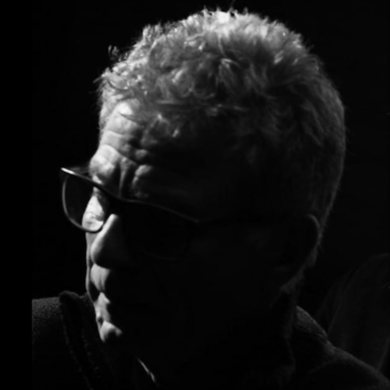It certainly is not easy for a digital two-dimensional piece of art to transmit three-dimensionality and the material reality of classic sculpture. And yet, Sui Jianguo achieves exactly this with his work 1,000 Pounds: we watch the rapid manipulation of a chunk of clay. But we do not ever see the artist; the fast moving film only shows the changing imprints of his hands into the material: the mutating matter opens and closes, stretches and compresses, it gapes with holes and smoothes over in finger-imprinted ripples.
1,000 Pounds reminds aesthetically of Sui Jianguo's early sculptural work of the 1990s, characteristically of a more organic and abstract character and material. 1,000 Pounds also pays homage to the most classic practice of modern sculpture itself: the dedicated modelling and remodelling by the artist's hand. Auguste Rodin made his name when he decided to move away from the Baroque and neo-Baroque smooth surfaces of 19th century sculptural tradition. He opted for textured surfaces and the extreme interplay of light and shadow - made possible by strong modelling techniques that did not obscure the expressive impact of the artist. In its entirety, 1,000 Pounds seems to convey exactly this: the physical impact of the hand onto clay, the concreteness of the flesh, the brutality contained within the act of forcing the bare earth into a shape decided by the artist.
Upon completion, 1,000 Pounds was cast by Sui Jianguo into bronze. It exists as a artwork in its own right and physical form.



